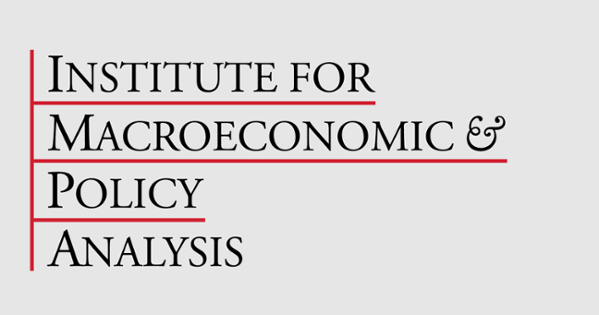Election 2024: How Will Candidates' Approaches to Corporate Tax Affect the Economy?

Voters face contrasting choices when it comes to funding the federal government, driving economic growth, and driving down income inequality, according to a new policy brief on the presidential candidates’ corporate tax proposals from American University’s Institute for Macroeconomic and Policy Analysis.
Vice President Kamala Harris proposes a hike in the corporate tax rate to 28 percent, up from 21 percent, a move IMPA projects will stimulate private investment and increase GDP. It projects a boost to federal revenue — 2.4 percent annually after 10 years. In contrast, former President Donald Trump's plan aims to cut the corporate tax rate to 15 percent. IMPA’s analysis suggests that this reduction would lead to a slight contraction in GDP and federal revenue.
Additionally, the Harris proposal, with its focus on raising tax rates on corporations and the wealthiest households, would decrease income inequality, IMPA finds. Under her proposal, IMPA projects a 4.7 percent increase in the share of all income going to the bottom 50 percent of wage earners. Conversely, Trump's proposed tax cut would reduce their share of national income by almost 5 percent.
IMPA's model reflects a growing body of academic research bringing to light the extent of market power in the economy. IMPA examines how the corporate tax primarily affects corporate profits. Because much of the cost of investment is deductible, the corporate tax is really a tax on extra profits that businesses make when they have market power. When corporate taxes are low, firms with extensive market power can give bigger payouts to their shareholders compared to smaller companies. This makes it more expensive for other companies to invest, which can dampen overall investment in the economy.
According to the brief’s authors, Harris’s plan to raise the corporate tax rate will “[help] eliminate inefficiencies associated with market power. In contrast, by lowering the corporate tax to 15%, the Trump proposal would increase the return on excess profits, accentuating market power distortions and discouraging productive private investment.”
